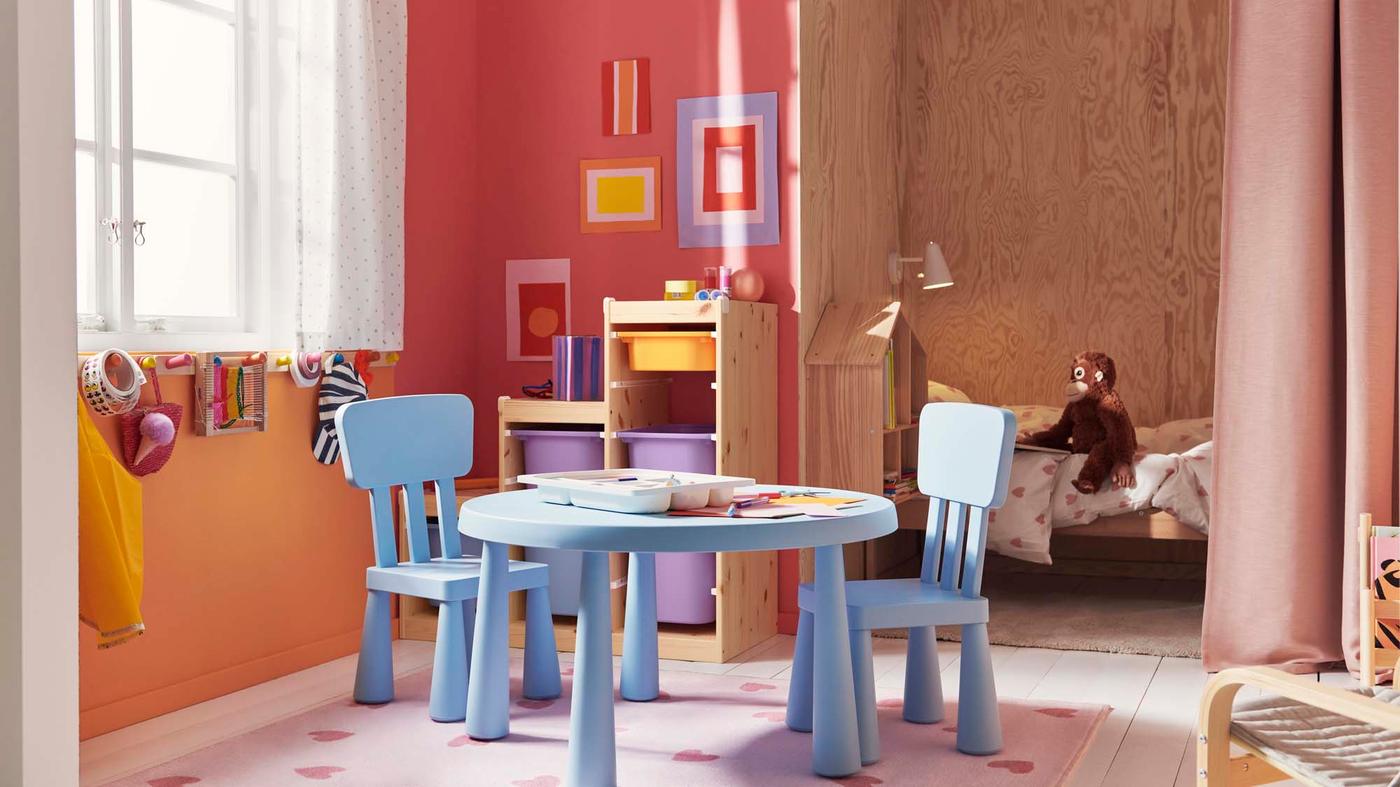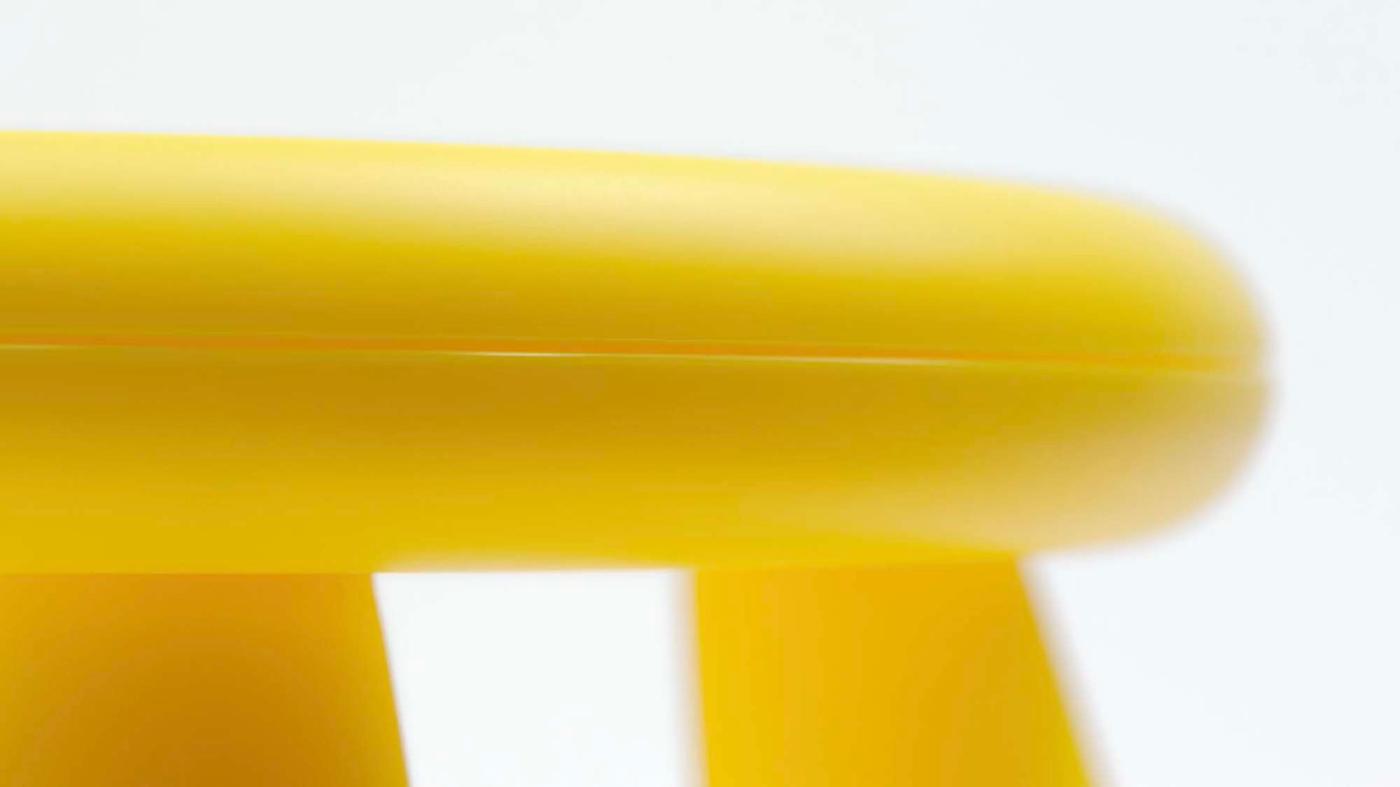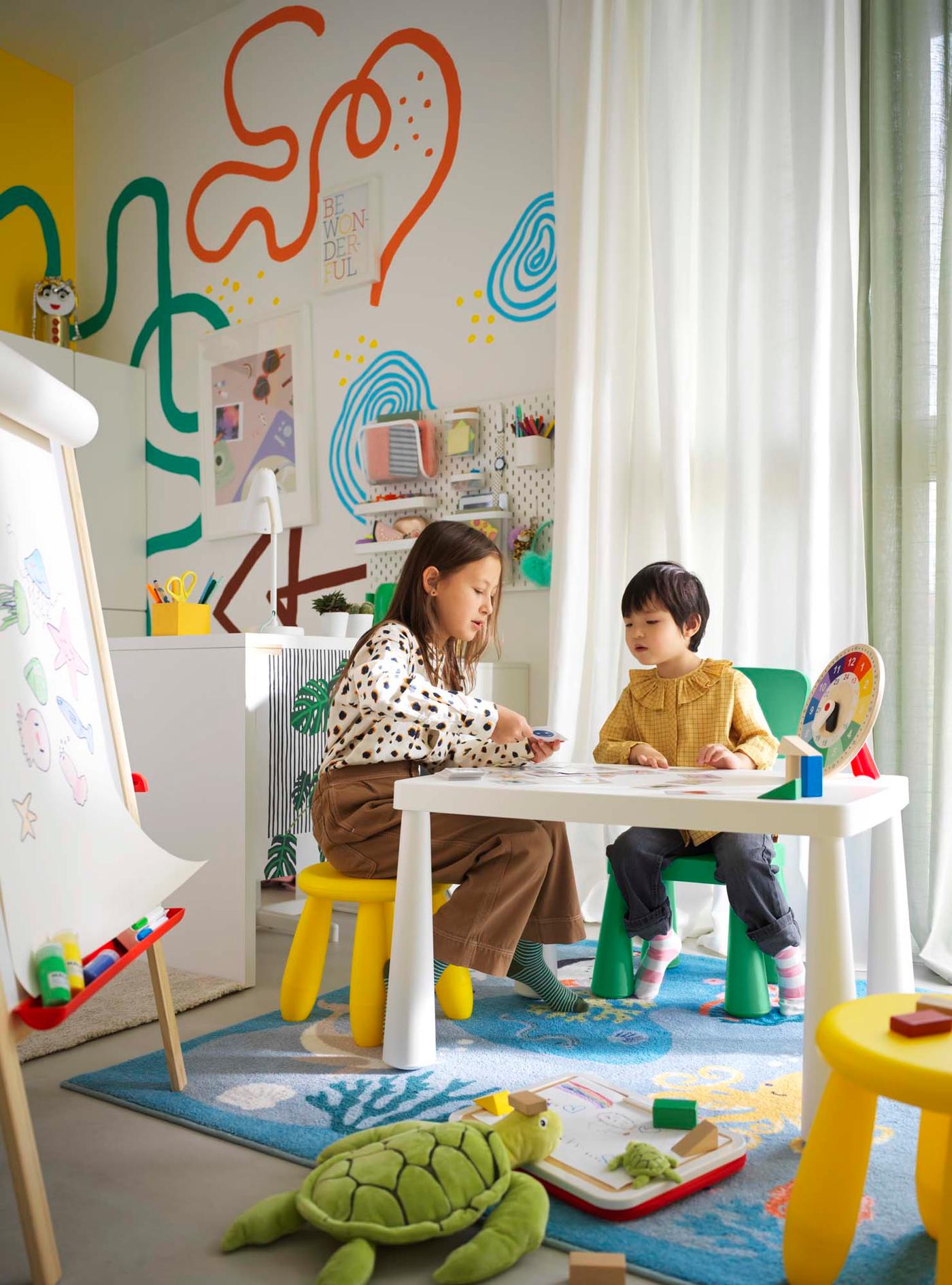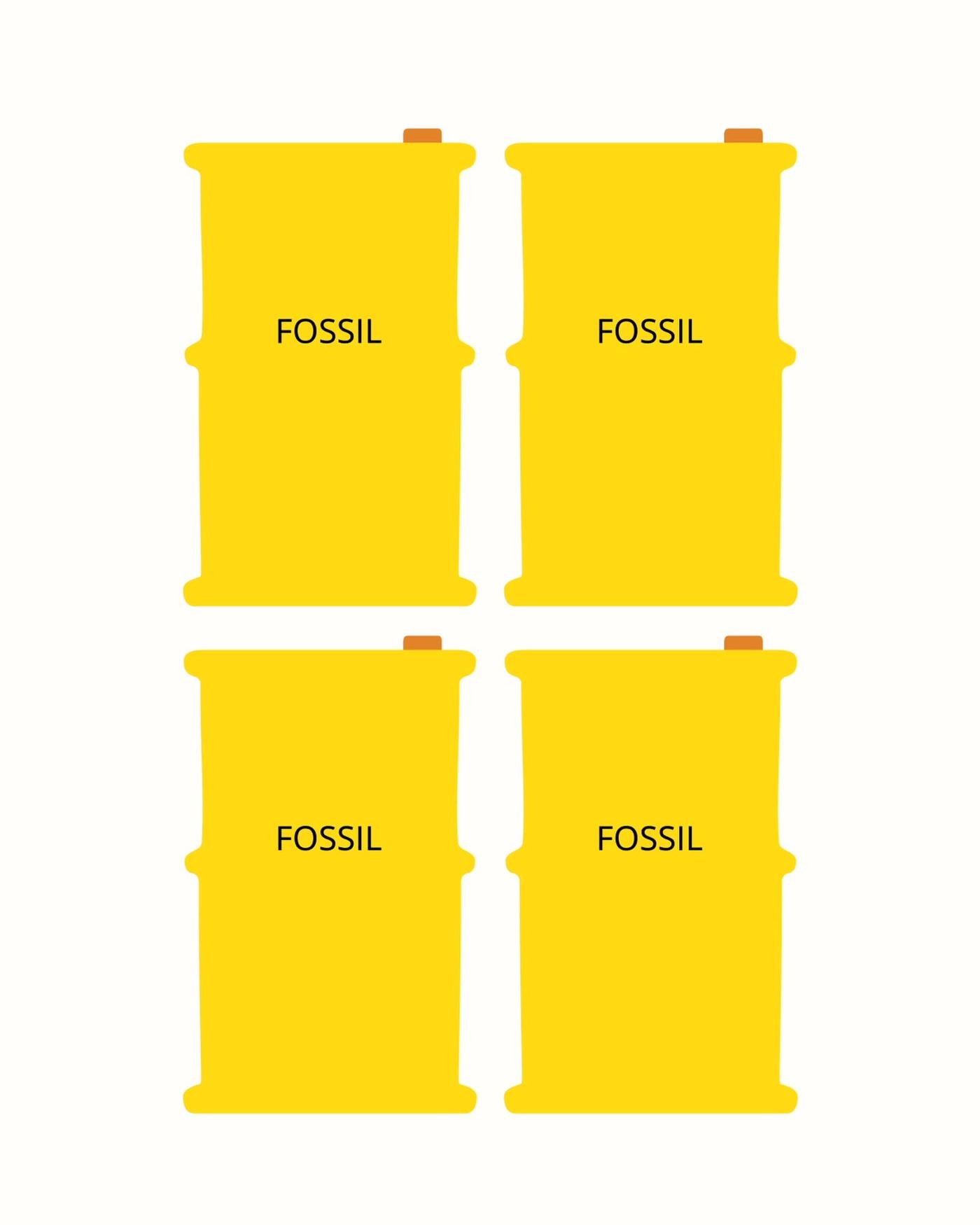Mass balance at IKEA
MAMMUT and a step towards renewable materials in plastic
At IKEA, we're always working to reduce our environmental impact. One way we're doing this is by transitioning from virgin fossil-based to more recycled and renewable content, across all our materials. For the MAMMUT series, we are now looking into increasing the use of renewable content.
We believe plastic is a great material when sourced, used, designed and recycled in a responsible way. We want to be a part of the change in finding new ways to produce and use plastic.
A mass balance approach to plastic production in MAMMUT is a stepping stone in the journey towards more renewable materials go to footnote[1]. Let’s take a look at how it's done!
What is mass balance for MAMMUT?
This is how it works: the mass balance method allows for the blending of renewable and virgin materials during production, while ensuring that the total amount of renewable content is accounted for throughout the manufacturing process. Although it may not be possible to physically distinguish between the renewable and virgin materials once they are combined, it is crucial to maintain accurate tracking of these inputs and outputs.
Think of mass balance like electricity from renewable sources. Since electricity from renewable and non-renewable sources is combined in the main grid, you can’t guarantee that the electricity you receive at home comes directly from renewables. However, the amount of renewable electricity you purchase is produced and fed into the overall system.
At IKEA, we regard mass balance as an interim solution on the way to fully separating renewable materials from virgin fossil materials in production physically throughout the process.
Why does IKEA need to use the mass balance approach for MAMMUT?
To reduce dependency on virgin fossil-based materials, we are transitioning towards more recycled and renewable content, across all of our materials. However, for children’s products, currently there are limited possibilities in using recycled materials or completely excluding virgin fossil-based materials due to the strict chemical compliance and production process requirements.
In applications where recycled material cannot be used, we aim to introduce renewable materials via a mass balance approach while putting strict requirements on the traceability of the system. MAMMUT, one of IKEA’s most iconic product families from the Children's IKEA range, is made of plastic and is the first furniture product in IKEA to be produced using the mass balance approach.
“By introducing mass balance, demanding both chemical and physical traceability, we secure that fewer fossil-based materials enter the manufacturing process. We strongly believe it is a bold first step to advocate for and move the industry towards using more renewable materials.”

Step 1: Sourcing raw materials
Like many companies worldwide, we rely on sub-suppliers that produce the plastic materials needed to produce our plastic products. What a tongue twister!
Normally, for children’s products, the plastic comes from virgin fossil oil. However, for the MAMMUT series, we committed to investing in 25% renewable materials attributed through the mass balance approach.
Step 2: Mixing fossil-based and renewable materials
At the plastic production factory, fossil-based and renewable materials are mixed to produce plastic material. Once the plastic material is produced, it is distributed to several companies across different industries, and IKEA is one of them. Because of the complexity and large volume of production, it is not feasible to fully separate and follow the renewable materials at each step from input to output. Thus, we cannot know for sure how much renewable material is present in each individual MAMMUT product. However, we make every effort to ensure traceability of renewable materials in the process.
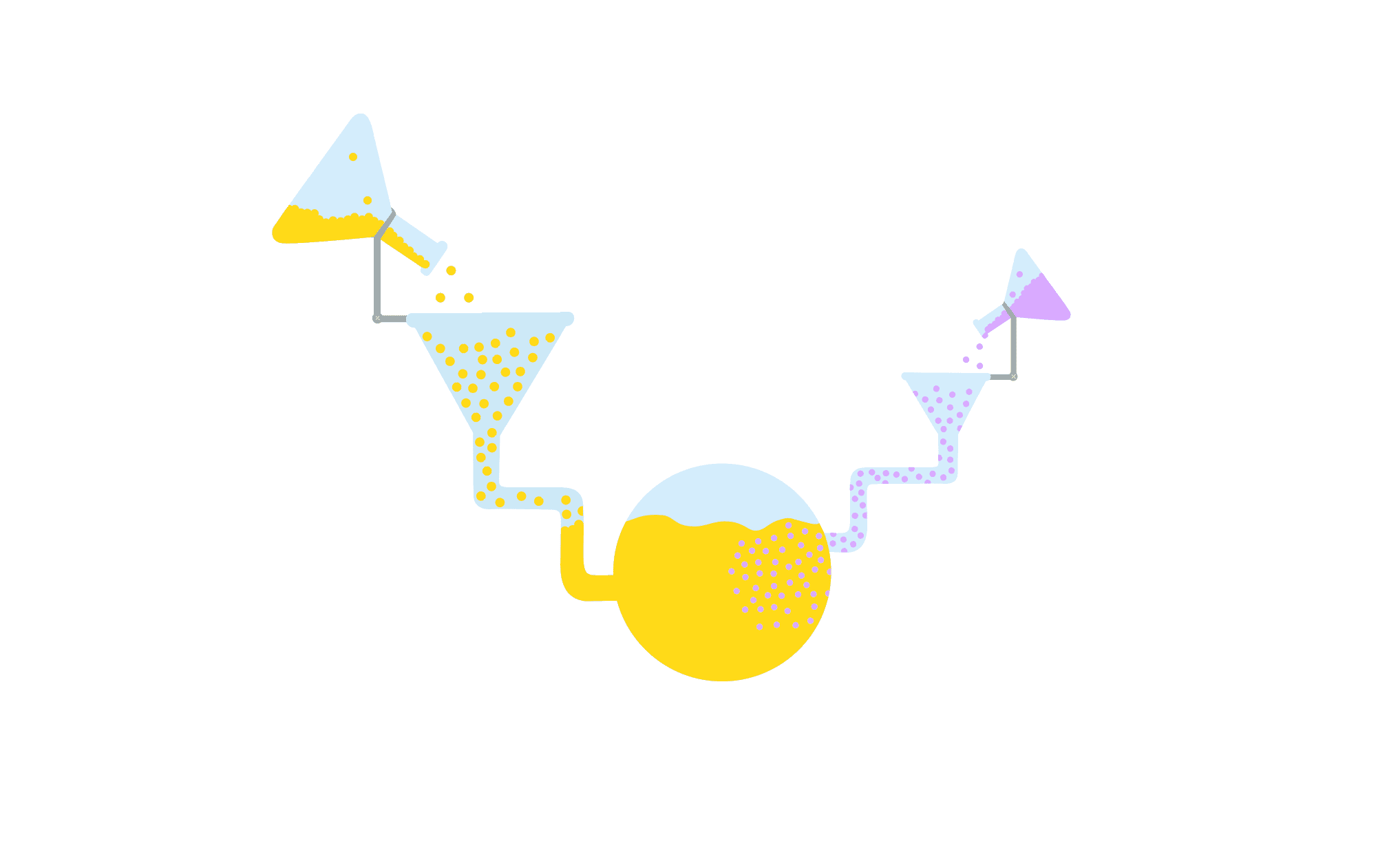
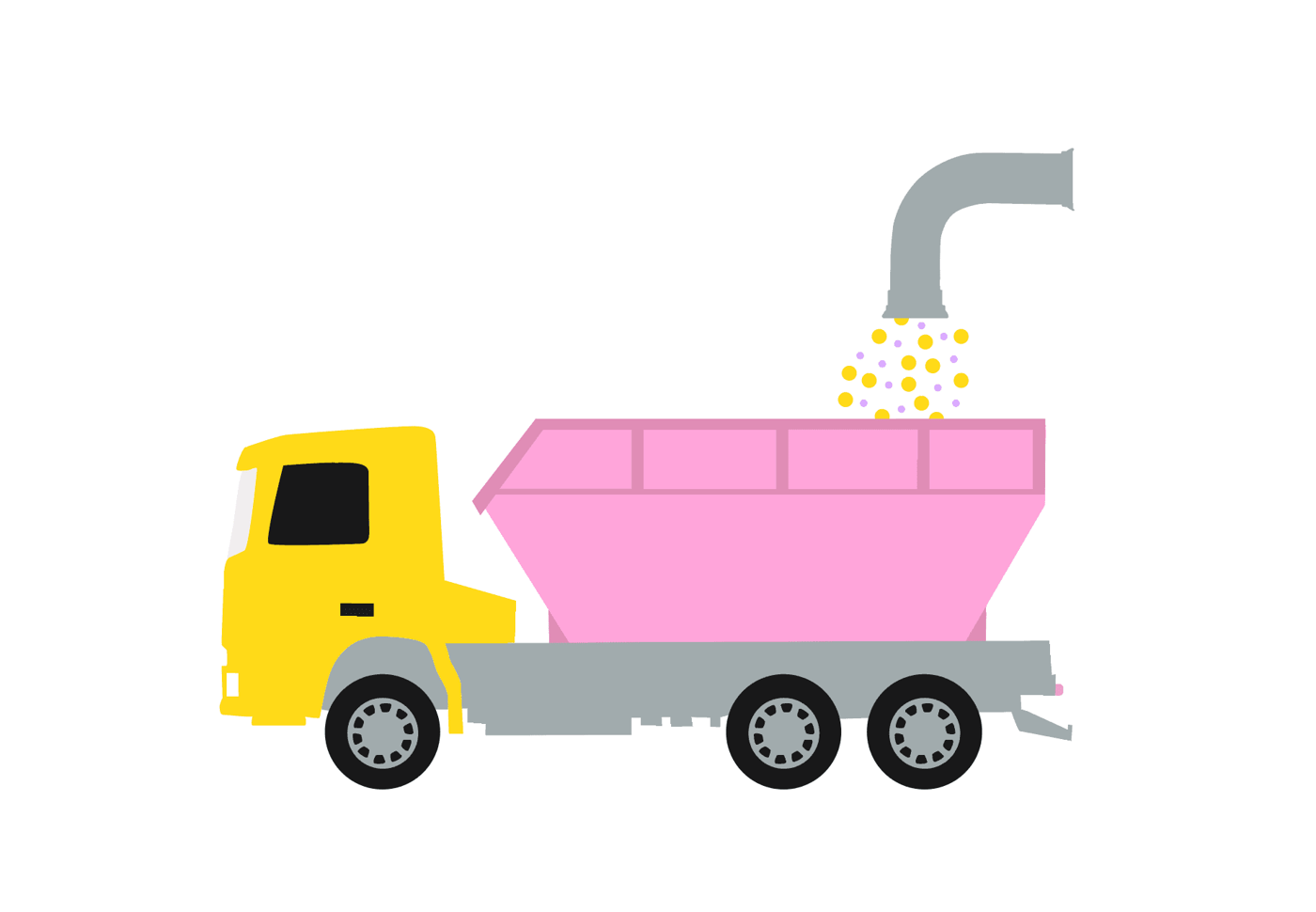
Step 3: Off to the factory we go!
The plastic is transported to a factory where it will be used to create products from the MAMMUT series.
Step 4: A new way forward for an iconic series
And there you have it! MAMMUT products made using a mass balance approach!
The mass balance process can’t guarantee which MAMMUT products contain renewable materials and how much – yet, via our traceability standards go to footnote[2], we ensure that the renewable material input is traceable throughout the supply chain and corresponds to the renewable material output.
Through mass balance, we can reduce the amount of virgin fossil-based materials for the MAMMUT series while still meeting the strict safety requirements for children’s products. For over 20 years, the MAMMUT series has been an icon in the Children’s IKEA range, loved by families around the world for its functionality and playful design. We're excited for the series to continue its journey.
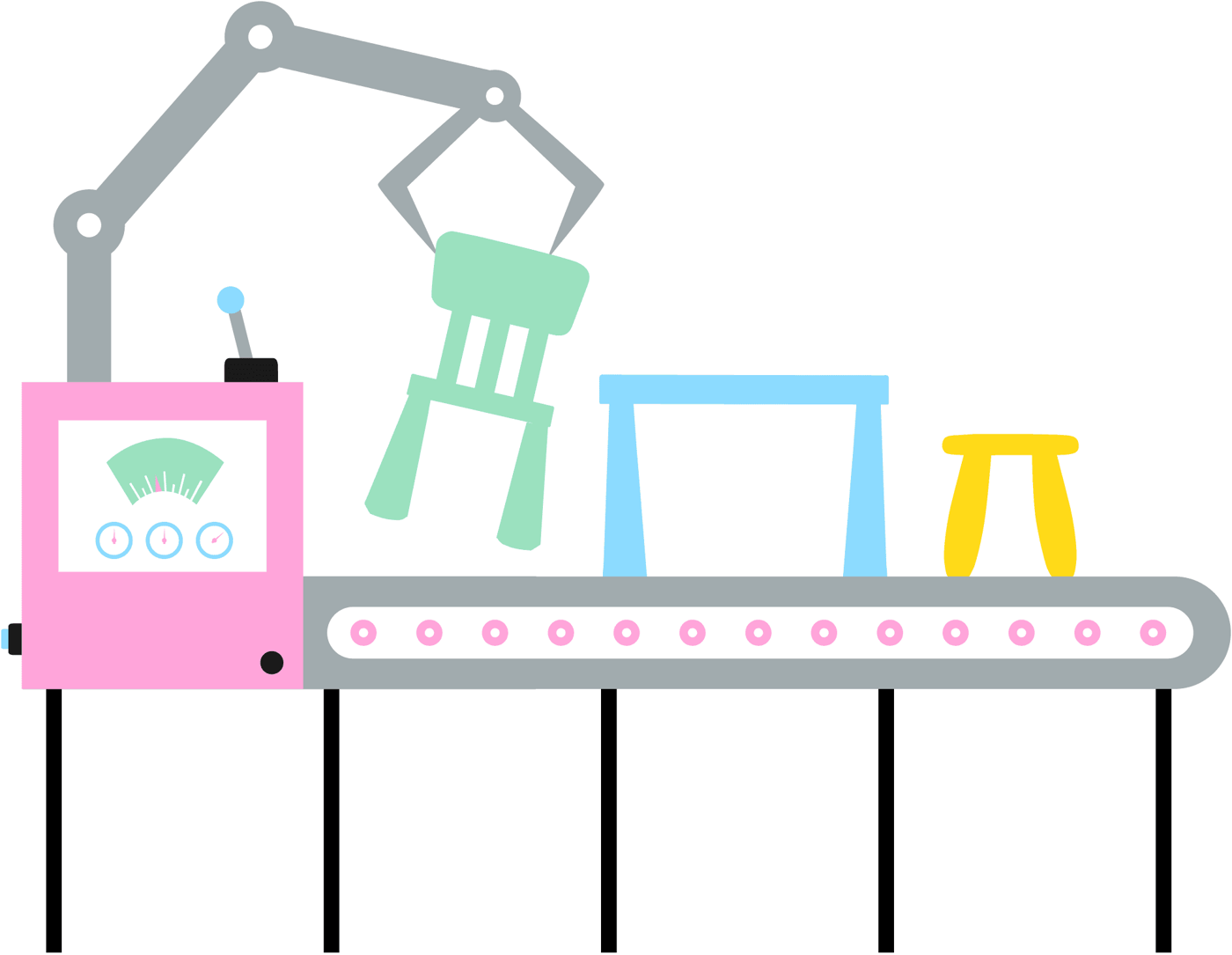
“At Children’s IKEA, we believe that children are the most important people in the world. We are driven by the commitment to safety, taking in the child’s perspective and the knowledge about children’s development, and the ambition to improve our impact on people and the planet. As part of our material agenda, we contribute to IKEA’s commitment to transition to more recycled and renewable plastics.”

Mass balance plays an important transitional role in our sustainability journey. It enables a shift from fossil-based materials to more renewable materials within existing production systems, in challenging areas such children’s products.
We see a mass balance set up as a practical stepping stone, eventually making way for physically separated setups where renewable and recycled materials are separated from virgin fossil-based materials. We are committed to improving our approach and collaborating across industries to accelerate the adoption of recycled and renewable materials.
[1] In the context of the MAMMUT series, IKEA sees a renewable material as a resource that is naturally replenished at a rate comparable to or faster than its consumption, ensuring its continued availability for generations. These materials are derived from biological processes or natural forces, such as plant growth (like wood or bamboo), animal products, sunlight, wind, and water. Unlike non-renewable resources, e.g. fossil fuels, renewable materials are not finite and can be used sustainably with proper management.
Used cooking oil (UCO) is one example of a renewable material that originates from natural sources, such as vegetable oils, which are biological materials, making them inherently renewable. Instead of being discarded, UCO is collected and processed through advanced recycling methods, transforming it from waste into a valuable resource.
In the MAMMUT production process, we use a mix of renewable materials which can change over time.
[2] IKEA has an internal traceability system where we put mandatory material requirements. These are to be implemented through the supply chain, where product suppliers and material suppliers need to confirm their compliance through self-declarations. As part of the requirements, we demand a third-party certification system to be implemented. In addition to this, we also demand chemical and physical traceability and dictate the way to calculate the mass balance content.
It's playtime!
Now that you've learnt about how they are made, why not welcome some MAMMUT products into your home? From parties and crafting to games indoors and out, the stools, tables and chairs go wherever your child's imagination takes them.
